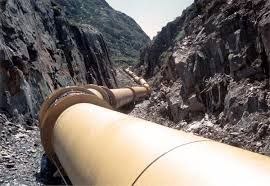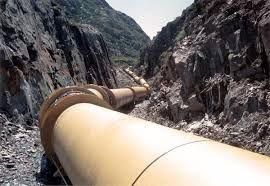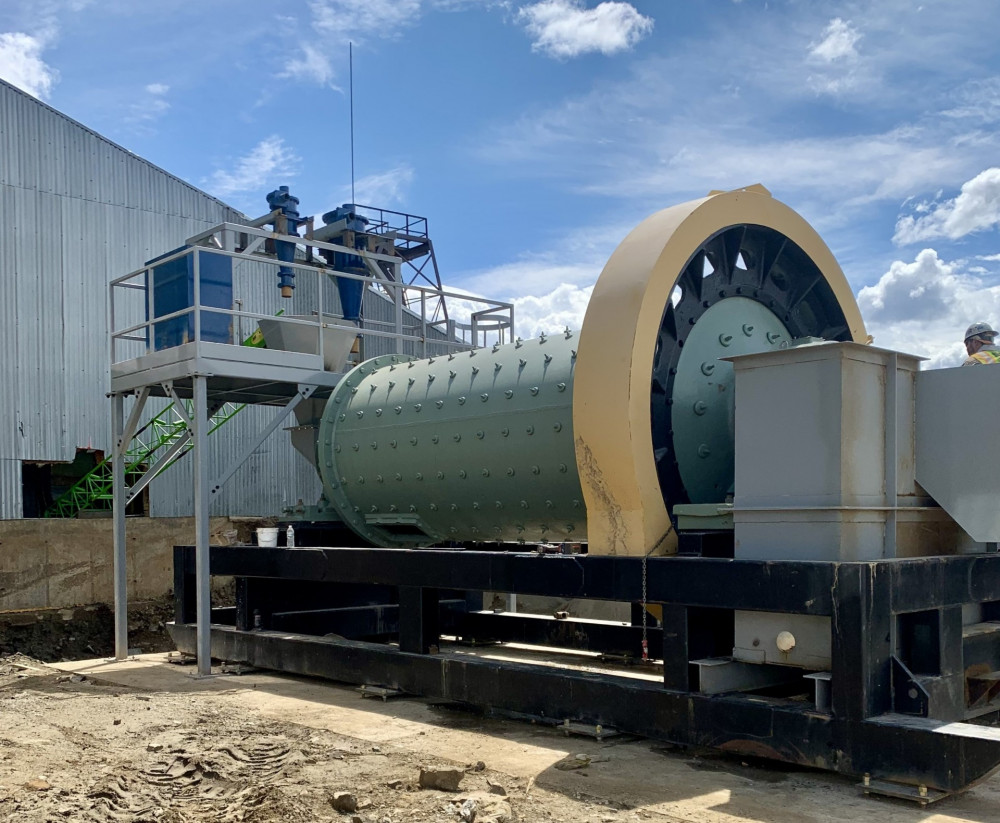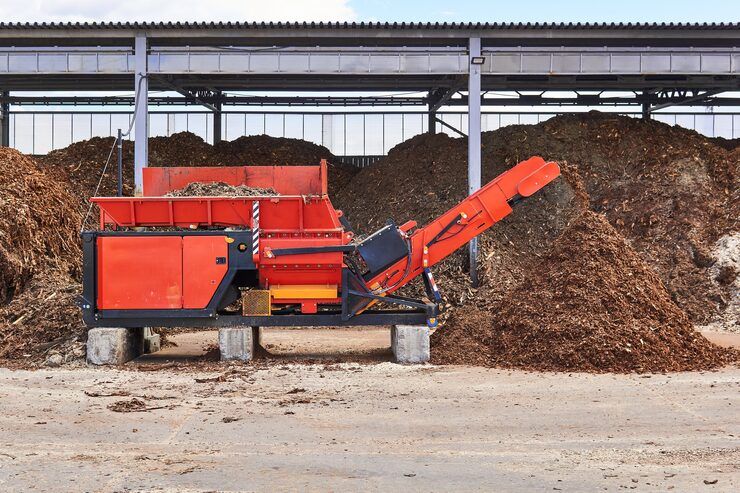Explore Penstocks Pressure Tubes: Engineering Basics, Design Insights, and Future Guide
Penstocks pressure tubes are an essential component in hydropower plants and water management systems. These large conduits control the flow of water from reservoirs to turbines, where hydraulic energy is converted into electricity. Beyond hydropower, penstocks are also used in irrigation, water supply, and flood control projects, making them critical for both energy production and infrastructure.
The concept of using pressure tubes to channel water dates back to the early development of hydropower in the 19th century. Over time, engineering improvements in materials, structural design, and safety standards have made modern penstocks more durable and efficient. Today, they continue to play a vital role in renewable energy generation and sustainable water management strategies.
Importance
Penstocks pressure tubes are significant for several reasons:
-
Energy generation – They enable hydropower plants to deliver stable, clean electricity.
-
Efficiency – Properly engineered tubes reduce water loss, friction, and energy waste.
-
Safety – Strong designs prevent structural failure that could cause flooding or energy disruption.
-
Sustainability – They contribute to renewable energy goals by supporting hydropower, one of the world’s largest sources of renewable electricity.
Penstocks impact a wide range of stakeholders, from government energy agencies to power plant engineers, environmental planners, and communities relying on hydropower for electricity. Without them, large-scale water-to-energy conversion would not be possible.
Recent Updates
In the past year, several global developments have highlighted the importance of penstocks:
-
2024 Hydropower Growth – According to the International Hydropower Association (IHA), hydropower capacity increased by over 18 GW worldwide in 2024, with new projects requiring advanced penstock designs.
-
Material Innovations – Research published in mid-2024 explored the use of composite materials to improve corrosion resistance in penstocks, reducing maintenance needs.
-
Digital Monitoring – Several plants in Asia and Europe adopted smart sensors in 2025 to track water flow, detect leaks, and optimize turbine performance in real-time.
-
Sustainability Focus – Countries like India and Brazil are emphasizing eco-friendly construction methods for hydropower infrastructure, including penstock installation, to align with climate goals.
These updates indicate a trend toward modernization, safety enhancement, and sustainability in penstock systems.
Laws or Policies
Penstock design and operation are influenced by multiple policies and regulations:
-
Environmental Impact Assessments (EIA) – Required in most countries before new hydropower projects can be approved.
-
Hydropower Regulations – Countries such as the United States (Federal Energy Regulatory Commission – FERC) and India (Central Electricity Authority – CEA) set guidelines for hydropower infrastructure safety.
-
Building Codes and Standards – International standards like ASME (American Society of Mechanical Engineers) and ISO provide technical requirements for pressure vessels and large conduits.
-
Sustainability Policies – Governments increasingly require renewable energy projects, including hydropower, to comply with carbon reduction and biodiversity protection commitments.
These legal frameworks ensure that penstocks are safe, environmentally responsible, and designed to last.
Tools and Resources
Engineers, students, and energy professionals can benefit from various resources when studying or working with penstocks pressure tubes:
-
Hydropower Plant Design Manuals – Such as publications from the U.S. Bureau of Reclamation.
-
Flow Simulation Software – ANSYS Fluent, OpenFOAM, and other CFD tools help analyze pressure and water velocity.
-
Structural Analysis Tools – SAP2000 and Abaqus for stress and load simulations.
-
Educational Resources – Websites like International Hydropower Association and Hydropower & Dams World Atlas.
-
Calculation Tools – Online hydraulic calculators for flow rate, pressure loss, and head calculations.
These tools help engineers design efficient systems and students gain practical knowledge.
Key Features of Penstocks Pressure Tubes
| Feature | Explanation |
|---|---|
| Material | Steel, reinforced concrete, or composites for strength and durability. |
| Shape | Usually circular to withstand high pressure effectively. |
| Diameter | Varies from 1 meter to 12+ meters depending on the plant capacity. |
| Supports & Anchors | Prevent structural movement and vibration under water pressure. |
| Safety Systems | Surge tanks and valves to control pressure fluctuations. |
Understanding these features is essential for proper design, operation, and maintenance.
FAQs
What is the purpose of a penstock pressure tube?
It channels water under pressure from a reservoir or dam to turbines in a hydropower plant, enabling electricity generation.
Which materials are commonly used for penstocks?
Steel and reinforced concrete are most common, but composites are gaining popularity due to corrosion resistance.
How are penstocks maintained?
Regular inspections, cleaning, corrosion protection, and monitoring systems are used to ensure safe operation.
What is the difference between a penstock and a regular pipeline?
Penstocks are designed for much higher pressure and larger water volumes compared to standard pipelines.
Are penstocks environmentally friendly?
While penstocks themselves are neutral, their use in hydropower supports renewable energy, though project impacts on ecosystems must be managed.
Conclusion
Penstocks pressure tubes are a fundamental part of hydropower and water infrastructure. They combine engineering precision, material science, and sustainability practices to deliver reliable performance. With global hydropower expansion and growing interest in renewable energy, penstocks will continue to evolve through smart monitoring systems, innovative materials, and stricter environmental standards.
By understanding their design, importance, regulations, and future direction, professionals and students can gain a clear picture of how these systems contribute to global energy and water management.





